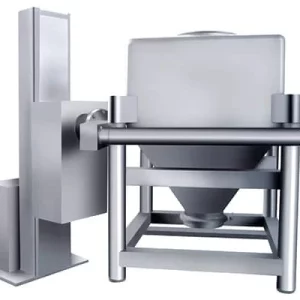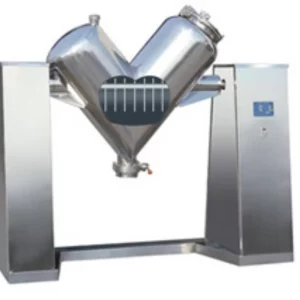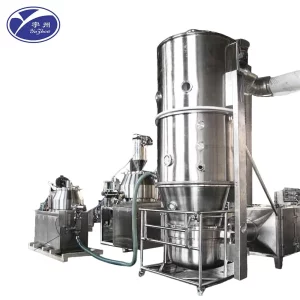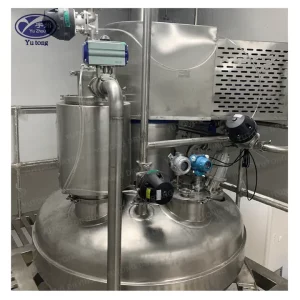Can I put a vacuum filter in the dryer?
Vacuum filters are essential components of a vacuum cleaner. They efficiently trap dust, dirt, and allergens, keeping your home clean and your indoor air quality high. However, as with all components, these filters require regular maintenance to function effectively. A frequently asked question by vacuum cleaner users is: “Can I put a vacuum filter in the dryer?” Let’s explore this topic in detail to provide you with comprehensive insights into maintaining your vacuum filters properly and safely.
Understanding Vacuum Filters
Before determining whether vacuum filters can be placed in a dryer, it’s crucial to understand the different types of vacuum filters and their specific characteristics.
HEPA Filters
High-efficiency particulate Air (HEPA) filters are renowned for their ability to capture up to 99.97% of particles as small as 0.3 microns. This includes dust mites, pollen, and even some bacteria. Their design involves a dense network of fibers, making them effective yet delicate. Given their intricate structure, HEPA filters need careful handling to maintain their efficiency and longevity. Exposure to heat or harsh treatment can easily damage these fibers.
Foam Filters
Foam filters are a common choice in bagless vacuum models. They are appreciated for their durability and reusability. Foam filters are designed to trap larger particles and can be washed and reused multiple times. However, improper cleaning or drying methods, such as using high heat, can cause the foam to degrade or lose its shape, ultimately affecting its performance.
Cloth Filters
Cloth filters, often found in industrial or shop vacuums, are another durable, reusable option. They are built to withstand harsh conditions and can trap both fine and coarse particles. Despite their robustness, cloth filters still require regular maintenance and gentle care. Overexposure to heat can weaken the fabric and compromise its filtering capabilities.
Paper Filters
Paper filters are typically disposable and are designed for single-use applications. They are effective for trapping debris but are not meant to be cleaned or reused. Attempting to wash or dry these filters can lead to disintegration, rendering them ineffective and necessitating replacement.
The Risks of Putting Vacuum Filters in the Dryer
While the idea of using a dryer to clean vacuum filters might initially seem appealing for its convenience, there are significant risks associated with this method that should be considered.
Potential Damage
Dryers are primarily designed to dry textiles, not the delicate materials found in vacuum filters. The intense heat and mechanical action of a dryer can easily damage these filters. For HEPA filters, even minor structural damage can significantly reduce their ability to capture tiny particles, thus compromising their effectiveness.
Loss of Effectiveness
Once a filter is damaged, its ability to trap particles diminishes, leading to poorer air quality in your home. This is particularly concerning for individuals with allergies or respiratory conditions who rely on efficient filtration to minimize exposure to irritants. A compromised filter can also lead to increased maintenance needs for the vacuum cleaner itself, as more dust and debris may enter the system.
Safety Concerns
Placing a vacuum filter in a dryer can pose a fire hazard. Filters often contain residual dust and debris, which, when exposed to high temperatures, can ignite. This risk is heightened if the filter includes flammable materials or if the dryer is not regularly cleaned of lint and other debris.
Cleaning Vacuum Filters Properly
To ensure your vacuum filter remains in optimal condition and continues to perform well, it’s essential to follow appropriate cleaning techniques tailored to each filter type.
Washing Foam and Cloth Filters
- Remove the Filter: Begin by carefully removing the filter from the vacuum, following the manufacturer’s instructions to avoid damage to the unit or the filter itself.
- Rinse with Water: Gently rinse the filter under lukewarm water to remove accumulated dust and debris. It’s advisable to avoid soaps or detergents unless specifically recommended by the manufacturer, as these can leave residues that attract more dirt.
- Air Dry: After rinsing, set the filter in a well-ventilated area to dry naturally. This process can take several hours or overnight. Ensure the filter is completely dry before reinserting it into the vacuum to prevent mold growth and maintain efficiency.
Caring for HEPA Filters
Due to their delicate construction, HEPA filters require particular care. Always consult your vacuum’s manual for specific instructions regarding HEPA filters, as some are washable while others are not.
- Tap to Remove Dust: For non-washable HEPA filters, gently tap the filter against a hard surface to dislodge loose debris. This helps maintain airflow without risking water damage.
- Rinse Lightly: If your HEPA filter is labeled as washable, rinse it gently with water. Avoid using high pressure, which could damage the fibers. Allow the filter to air dry thoroughly.
- Replace When Necessary: Even with proper care, HEPA filters have a limited lifespan. Regularly check their condition and replace them according to the manufacturer’s guidelines to ensure continued performance.
Handling Paper Filters
Paper filters are inherently disposable and should not be washed or dried. Once they become clogged or dirty, the most effective course of action is to replace them with new filters. This ensures your vacuum maintains optimal suction and filtration.
Manufacturer Guidelines
Adhering to the manufacturer’s guidelines is crucial for maintaining your vacuum cleaner’s performance and longevity. Each vacuum model may have specific care instructions based on its design and materials.
Shark Vacuum Filters
Shark vacuum users often wonder about filter maintenance. It’s important to note that Shark, like many other manufacturers, advises against using dryers for their filters. Instead, follow the recommended washing and air-drying procedures to maintain filter integrity and performance.
Dyson Vacuum Filters
Dyson vacuums, known for their innovative technology, also require specific care for their filters. Always refer to the Dyson manual for guidance on cleaning and maintaining their unique filter systems. Generally, this involves regular washing under cold water and air drying for 24 hours.
Hoover Vacuum Filters
For Hoover vacuum filters, consult the user manual for specific maintenance instructions. Hoover often emphasizes the importance of regular cleaning and timely replacement to ensure optimal vacuum performance. Avoid shortcuts like using a dryer, which can void warranties and cause damage.
Alternatives to Using a Dryer
If you need to dry your vacuum filter quickly but safely, there are several alternatives to using a dryer that can achieve effective results without the associated risks.
- Use a Fan: Positioning the filter in front of a fan can expedite the drying process. This method provides consistent airflow without the heat that could damage the filter.
- Sunny Spot: Placing the filter in a bright, sunny spot can help speed up drying. However, ensure the filter is not exposed to excessive heat for prolonged periods, which could lead to warping or damage.
- Low Heat Setting: If your filter’s material permits, using a hairdryer on a low heat setting can gently aid in drying. Keep the dryer at a safe distance to prevent overheating or deforming the filter.
Conclusion
While it may appear convenient to place a vacuum filter in the dryer, the associated risks of damage and safety concerns greatly outweigh any potential benefits. By dedicating time to clean and air dry your filters properly, you ensure they remain effective, contributing to better air quality and extending the lifespan of your vacuum cleaner.
Regular maintenance, combined with adherence to manufacturer guidelines, will keep your vacuum operating at peak performance, ensuring a cleaner, healthier living environment. Should you have any uncertainties, always consult your vacuum’s manual or contact customer support for further assistance.
By adopting these best cleaning practices, you’ll enjoy a well-functioning vacuum cleaner and a pristine home environment without compromising safety or filter performance.




